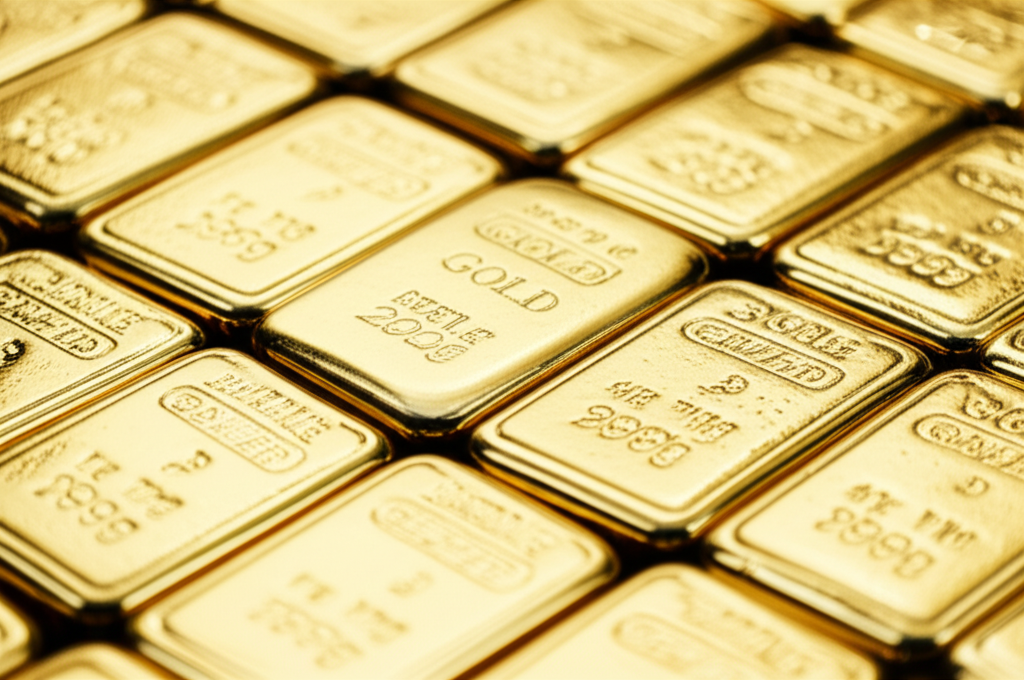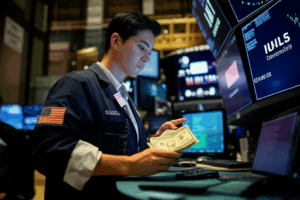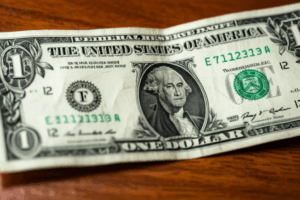Gold Prices Rise on Dovish Fed and Geopolitical Tensions Ahead of Key PCE Data
Gold, the quintessential safe-haven asset, has seen its value ascend markedly as investors recalibrate their expectations for the Federal Reserve’s monetary policy and seek refuge from escalating global uncertainties. The precious metal’s recent rally underscores a complex interplay of macroeconomic signals and geopolitical flashpoints, all converging ahead of the highly anticipated Personal Consumption Expenditures (PCE) data release, a pivotal inflation gauge for the U.S. central bank.
The primary catalyst for gold’s upward momentum appears to be a perceptible shift towards a more “dovish” stance by the Federal Reserve. A dovish Fed implies a central bank that is less inclined to raise interest rates, or even considering cuts, prioritizing economic growth and employment stability over aggressive inflation containment. This sentiment has been reinforced by recent statements from Fed officials and the minutes of previous Federal Open Market Committee (FOMC) meetings, which market participants have interpreted as signaling an earlier and more aggressive pivot towards rate cuts than previously expected. Such a scenario typically translates to lower bond yields and a weaker U.S. dollar. Since gold yields no interest, it becomes comparatively more attractive when the returns on interest-bearing assets decline. Moreover, a weaker dollar makes gold cheaper for international buyers, further boosting demand. The market’s current pricing of future rate cuts, particularly in the coming months, has provided a significant tailwind for the yellow metal, pulling it out of recent consolidation phases. Investors are increasingly betting that the Fed, having made substantial progress on inflation, will soon shift its focus to supporting economic activity, a move that historically benefits gold.
Beyond the intricate dance of monetary policy, geopolitical tensions are casting a long shadow over global markets, compelling investors to flock towards traditional safe havens. The ongoing conflicts in Eastern Europe and the Middle East continue to generate profound uncertainty, impacting supply chains, energy prices, and overall global stability. These persistent flashpoints foster an environment of heightened risk aversion, prompting capital to flow out of riskier assets like equities and into perceived shelters such as gold. The metal’s historical role as a store of value during times of crisis makes it an attractive hedge against unpredictable events, from military conflicts to broader political instability. Furthermore, concerns about the fragmentation of global trade and the potential for wider economic disruptions stemming from these geopolitical frictions contribute to a broader sense of unease, reinforcing gold’s appeal as a hedge against systemic risk and potential inflationary pressures that can arise from supply shocks. The confluence of these international anxieties with domestic monetary policy expectations creates a potent bullish cocktail for gold prices.
All eyes are now firmly fixed on the upcoming Personal Consumption Expenditures (PCE) data, scheduled for release later this week. The PCE price index is the Federal Reserve’s preferred measure of inflation, offering comprehensive insights into consumer spending patterns and price changes across a wide range of goods and services. Its significance lies in its direct influence on the Fed’s monetary policy decisions. A lower-than-expected PCE reading would likely reinforce the market’s current dovish expectations, potentially signaling that inflation is cooling more rapidly than anticipated. This could provide further impetus for gold prices, as it would strengthen the case for earlier and more substantial rate cuts. Conversely, a hotter-than-expected PCE figure, indicating persistent inflationary pressures, could challenge the dovish narrative, potentially leading to a repricing of rate cut expectations. Such a development might temper gold’s recent gains, as higher-for-longer interest rate prospects would boost the attractiveness of dollar-denominated assets and bond yields. The market is thus on tenterhooks, awaiting this critical data point, which could either validate or disrupt the current drivers of gold’s upward trajectory. The PCE data, alongside other economic indicators like employment figures and manufacturing surveys, will provide crucial context for the Fed’s next moves, shaping investor sentiment and the outlook for gold in the near term.
In essence, gold’s current strength is a testament to its dual role as both an inflation hedge and a safe haven. As the Federal Reserve contemplates its next steps in a complex economic landscape, and as global political stability remains elusive, the allure of the yellow metal is likely to persist. However, the forthcoming PCE data serves as a critical checkpoint, with its outcome poised to provide clarity on the inflation trajectory and, consequently, the future path of monetary policy, dictating gold’s next significant move.





